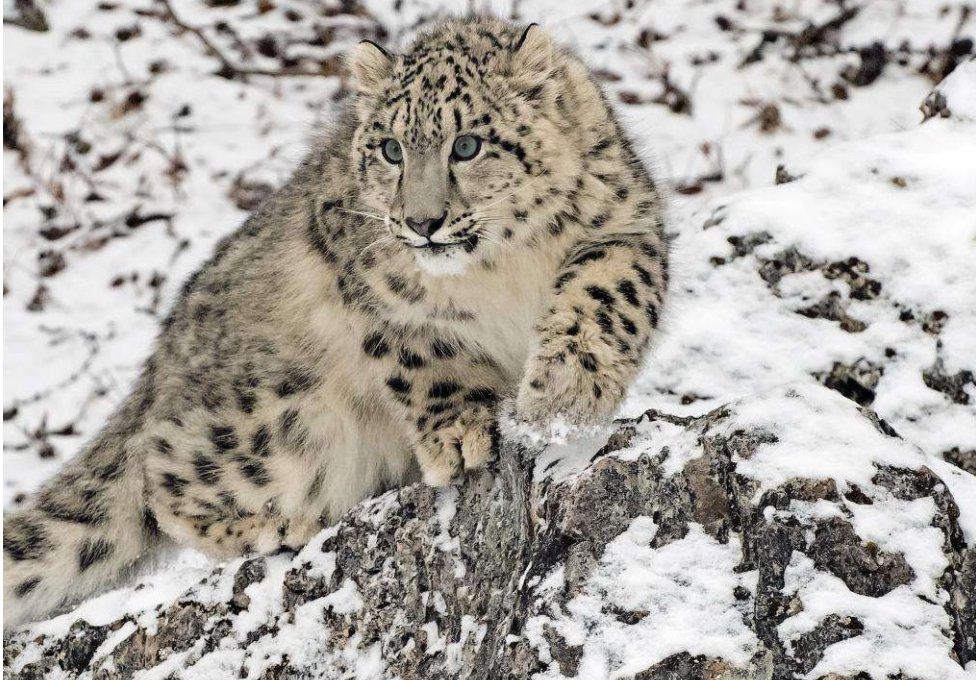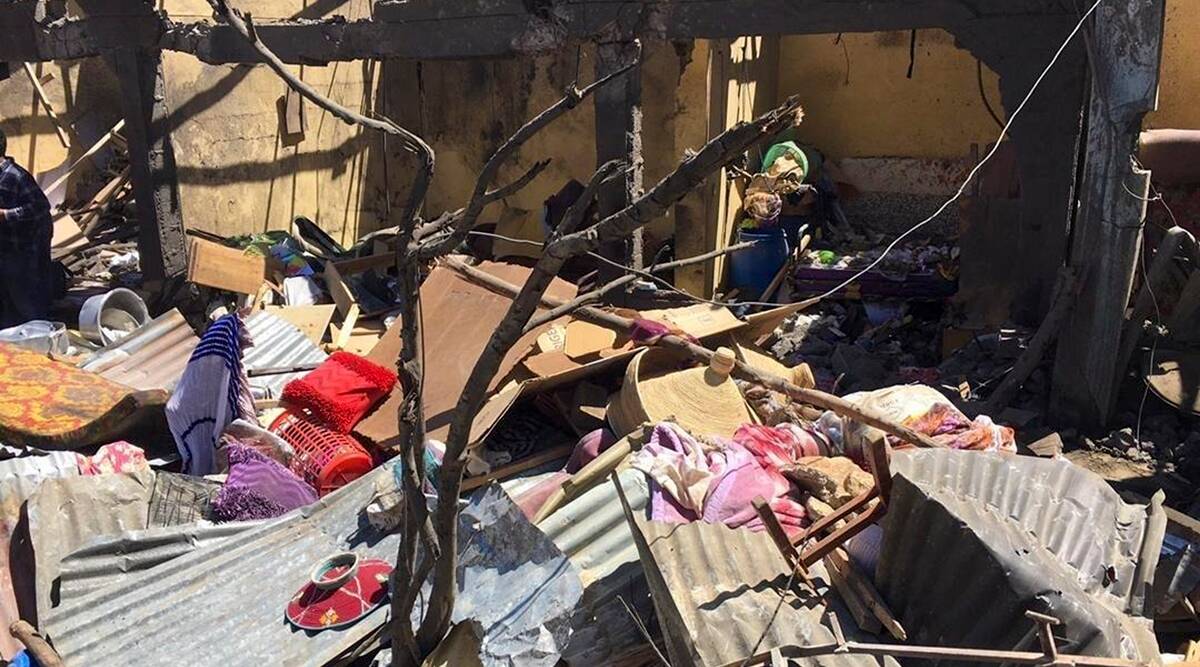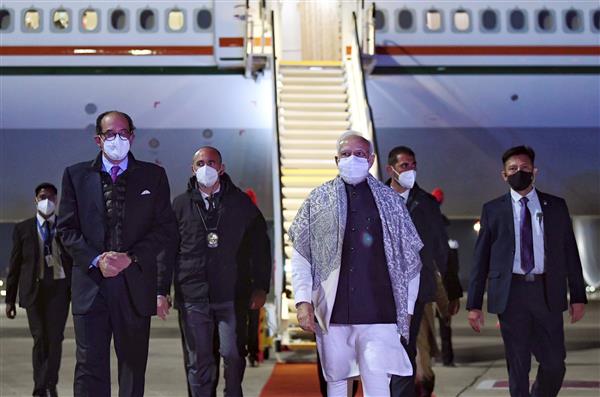
01/31/2024
New Delhi, Jan. 31: Snow leopards have been dubbed the "ghosts of the mountains" for their elusive behaviour, but Indian researchers have successfully photographed more than 200 in a landmark study estimating at least 718 across the country. This first-of-its-kind largescale survey conducted under the Snow Leopard Population Assessment in India (SPAI) programme has rekindled the hope of species conservation.
According to the Indian Media, Union Cabinet Minister of Environment, Forest, and Climate Change, Bhupender Yadav on Wednesday released the first snow leopard (Uncia uncia) population estimation of India.
“The Snow Leopard Population Assessment in India Program is the first-ever scientific exercise that reports a population of 718 in India,” said Yadav in a post on X. The Indian snow leopard population estimate is around one-sixth to one-nineth of the global population.
"Consistent monitoring is essential to ensuring snow leopards' long-term survival," the environment ministry said.
The leopards -- with thick grey fur dotted with dark spots, and large paws that act as natural snow shoes -- are "masters of stealth and camouflage", according to the World Wide Fund For Nature (WWF) India, who assisted the assessment.
Before the survey, the WWF had suggested that there were between 400-700 snow leopards in India.
The survey gives hope to conservationists as the global conservation body - the International Union for Conservation of Nature (IUCN) - listed the snow leopard as 'Vulnerable'. The IUCN has dubbed the solitary cat the "ghost of the mountains" for its ability to hide, noting numbers are "decreasing mostly due to habitat loss, poaching, and the impacts of climate change".
Similarly, the Convention on International Trade of Endangered Species (CITES) listed the animal under Appendix I which makes the trading of its body parts i.e., fur, bones and meat, etc., illegal in signatory countries.
The Wild Life Institute of India (WII) will now establish a dedicated Snow Leopard Cell and conduct a periodic population estimation to assess threats and draw up an effective conservation approach.
Bhupender Yadav also released the vision documents for Wildlife Institute of India and Botanical Survey of India (BSI). He outlined the goals to make WII a world class institute in the next decade along with pioneering BSI's exploration of sustainable utilisation of plant resources.






